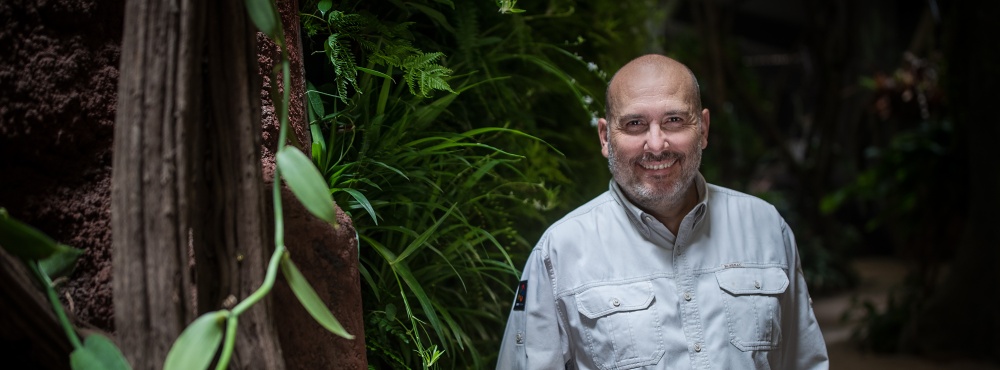Coronavirus in the zoo? Maybe a turn for the better

When I arrived at the visitor area of the gorilla pavilion last Sunday, Kamba had just gotten to her feet, she took a few steps forward, picked up a fresh twig, and started nibbling on it. A weight fell from my shoulders. It meant that she was much better than she had been in the previous days.
 Kamba. Photo: Miroslav Bobek, Prague Zoo
Kamba. Photo: Miroslav Bobek, Prague Zoo
Over a year ago, when the coronavirus was just beginning to spread across Europe, we took measures to reduce the risk of transmitting the disease to the animals in the gorilla pavilion and elsewhere. It was soon confirmed that this was the right step to take. At New York’s Bronx Zoo, COVID-19 was found in both lions and tigers, which had caught it from a positive keeper. Over time, a similar scenario was repeated in other places, but it seemed the coronavirus avoided the gorillas and other apes in zoos – or they were not sufficiently tested for it. The turning point came in the first half of January this year, when COVID-19 struck a troop of gorillas at Safari Park San Diego. This news, the ever more extensive spread of the coronavirus in the Czech Republic and the increasing percentage of the British variant gradually led me to conclude that the question is probably no longer whether the infection will affect the animals in our zoo, but when it will happen and to what extent.
Sixteen days ago, on 25 February, it turned out that the male gorilla, Richard, and the Asian lions, Jamvan and Suchi, were COVID positive. We had their faeces tested after these individuals showed signs of being tired and a lack of interest in feeding or had a runny nose and a dry cough. This was not the first time we’d taken this step, but it was the first time that COVID-19 had been confirmed. Roman Vodička, the head veterinarian at our zoo, gave the sick animals vitamins, antipyretics and immune-boosting preparations. At the same time, together with the curator Pavel Brandl, he began to communicate even more intensively with colleagues from zoos that had already gone through a similar experience.
In the following days, several other “cats” in the Feline Pavilion tested positive for COVID-19 (they showed signs of fatigue, loss of appetite, a cough and a runny nose) as did the female gorillas Shinda and Kijivu, although one of them had no symptoms at all whilst in the other they were only very mild. Meanwhile, Richard’s, Jamvan's and Suchi’s symptoms slowly abated. The biggest worry for me was Kamba. At almost fifty, she was clearly the most at risk – and she suffered from a lot of ailments. Her fever laid her low and she only ate the bare minimum of food. She painted a sad picture. I was afraid she would be affected in a similar way to Winston, a male gorilla in San Diego. He was the same age as her and in January the disease affected him quite seriously. He was saved by intensive treatment involving an infusion of monoclonal antibodies. But maybe my worries were misplaced. Kamba repeatedly tested negative for COVID – and, most importantly, her condition began to improve. The moment described above, when she nibbled on a twig, could be seen as a significant breakthrough. Let’s hope it was also a sign of an overall turn for the better.
ZOOPRAHA.CZ
Contacts
- The Prague zoological garden
U Trojskeho zamku 120/3
171 00 Praha 7
Phone.: (+420) 296 112 230 (public relations department)
e-mail: zoopraha@zoopraha.cz
Others








